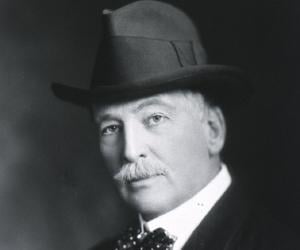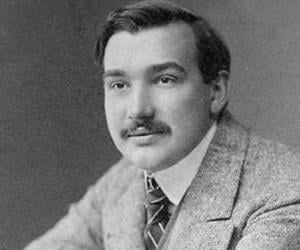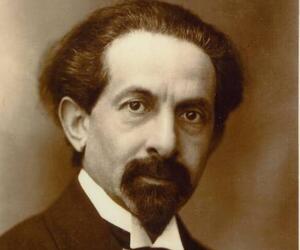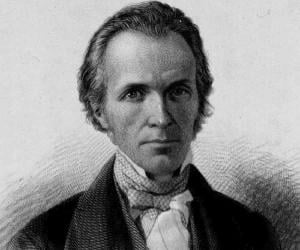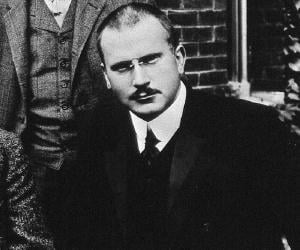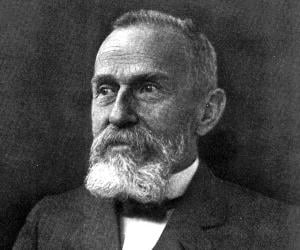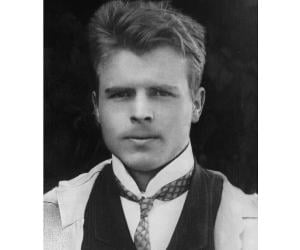Widely regarded as the father of analytical psychology, Carl Jung is one of the most important contributors to symbolization and dream analysis. The concepts of socionics and a popular psychometric instrument called Myers-Briggs Type Indicator (MBTI) were developed from Jung's theory. Apart from working as a psychiatrist and psychoanalyst, Carl Jung was also an artist, craftsman, builder, and prolific writer.
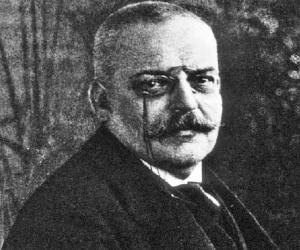
German psychiatrist and neuropathologist Alois Alzheimer is noted for identifying the first published case of presenile dementia, which his colleague and German psychiatrist Emil Kraepelin later identified as Alzheimer's disease. Alois publicly discussed his findings on brain pathology and symptoms of presenile dementia in late-1906 and penned a larger paper giving details of the disease and his findings in 1907.
The son of a musician, Emil Kraepelin, remembered as the founder of psychiatry, was the first to differentiate between dementia praecox, now known as schizophrenia, and manic-depressive psychosis. His classification of mental illnesses influenced much of the research on the subject in the 20th century.
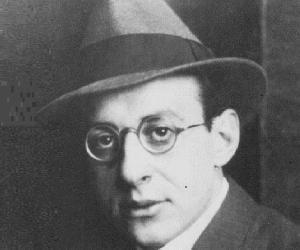
Fritz Perls initially fought in World War I, following which he treated brain injuries of soldiers. He was later drawn to Freudian psychoanalysis. During World War II, he was the psychiatrist for the South African military. His Gestalt therapy, which he co-created with his wife, Laura, redefined psychology.
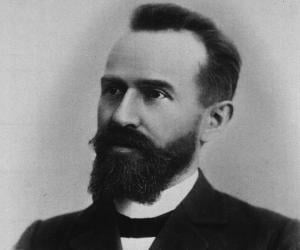
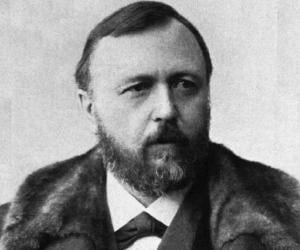
Known for his ground-breaking research on sexual psychopathology, German psychologist Richard von Krafft-Ebing worked on varied subjects such as sexual aberration and hypnosis. His Psychopathia Sexualis was one of the first written works that discussed LGBT sex and also spoke about taboo topics such as sadism, necrophilia, and masochism.
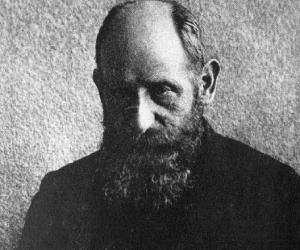
Psychoanalyst and physician Josef Breuer inspired what later came to be known as Sigmund Freud’s cathartic method to treat mental ailments. His experiments with his patient Anna O. proved the therapeutic effect of the talking cure. He had also conducted research on the respiratory cycle and discovered the Hering-Breuer reflex.
Remembered for inventing the inkblot test to uncover the hidden traits of a subject’s personality, known as the Rorschach test, Swiss psychiatrist Hermann Rorschach was born to an art teacher in Zürich and had thus wished to be an artist initially. His Rorschach test was later criticized for its subjectivity.
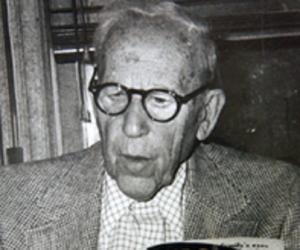
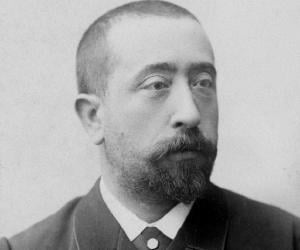
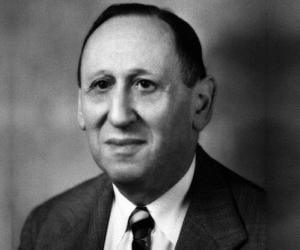
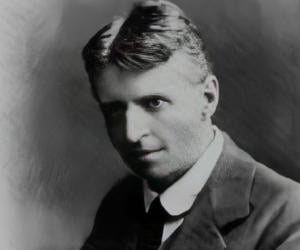
Born to renowned criminologist Hans Gross, Otto Gross initially worked with his father but later deviated to depth psychology. It is believed, he was a liberal drug user and an advocate of polyamory. He apparently allowed his wife to have sexual relationships with other men, often participating as an observer.
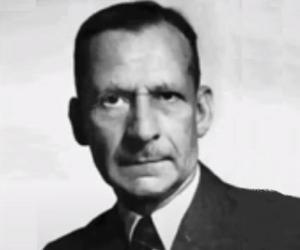
Chiefly known for his works on the diagnosis and understanding of schizophrenia, German psychiatrist Kurt Schneider published many papers on the subject, creating a list of the psychotic symptoms, today known as Schneiderian First-Rank Symptoms, to differentiate it from other forms of mental disorder. He also made significant contributions to personality disorders, coining term like endogenous depression and reactive depression.
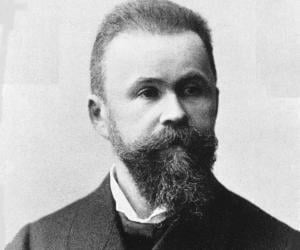
German neurologist, pathologist, and anatomist Carl Wernicke is best remembered for his extensive work on the various types of aphasia, or disorders that hinder the ability to speak or write. He also distinguished between motor aphasia and sensory aphasia, or what is now known as Wernicke's aphasia.
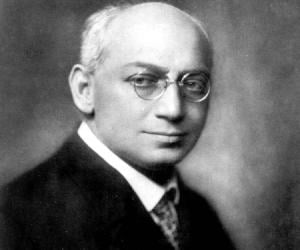
Sándor Ferenczi is best remembered for his research on free association and the psychoanalytic theory. Initially an army doctor, he specialized in subjects such as neuropathology and hypnosis. He was also close to Sigmund Freud and later taught at the University of Budapest. He also established the Hungarian Psychoanalytic Society.
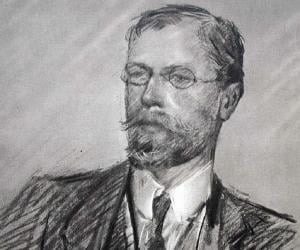
Axel Munthe was a Swedish-born psychiatrist and medical doctor. He is best remembered for writing an autobiographical work titled The Story of San Michele. Munthe often risked his own life to offer medical help during war, plague, and disaster. He also treated the poor without charge. Axel Munthe was also a well-known animal rights activist.
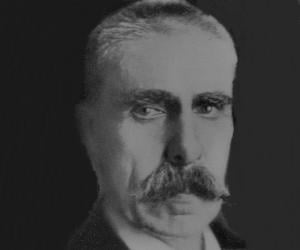
Nobel Prize-winning Austrian psychiatrist Julius Wagner-Jauregg is best known for revolutionizing medical science by partially treating general paresis through artificial induction of malaria. He paved the path for shock therapy and fever therapy to treat mental ailments. He also studied thyroid and ovarian issues. He later became a Nazi sympathizer.
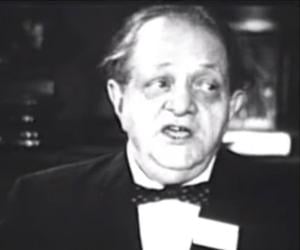
Romanian-American psychiatrist Jacob L. Moreno is best remembered for introducing the concept of psychodrama, consisting of role-play exercises and dramatizations by patients, as a therapeutic method to cure mental ailments. He also pioneered group psychotherapy, introduced the study of social networks, and coined the terms sociometry and sociatry.
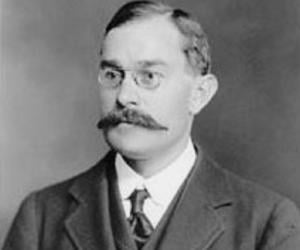
English anthropologist and psychologist W. H. R. Rivers is best remembered for his work on the Todas of the Nilgiri Hills. A qualified physician, he also taught at Cambridge and worked extensively on medical psychology. One of his best-known works is Kinship and Social Organisation.
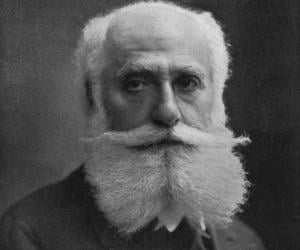
Hungarian physician and author Max Nordau was the son of a rabbi. After practicing medicine in Budapest for a while, he went to Paris and began writing for Neue Freie Presse. A major figure behind the Zionist Organization, he penned The Conventional Lies of Our Civilization, which was banned in several countries.
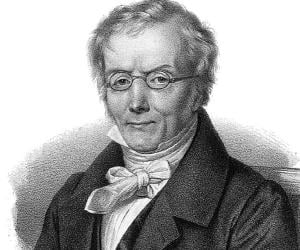
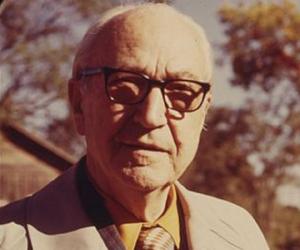
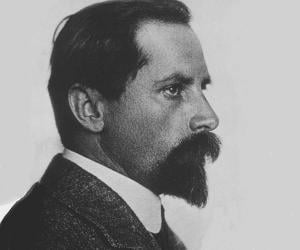
Swiss-born American psychiatrist Adolf Meyer is best remembered for introducing the concept of ergasiology, or psychobiology. Not only was he associated with the Johns Hopkins Hospital throughout his life, but he also led the American Psychiatric Association as its president. He was also a pioneering figure in occupational therapy.
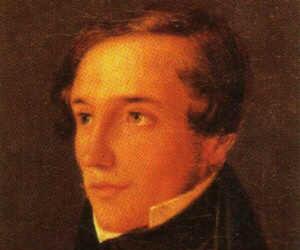
A qualified physician and psychiatrist, Heinrich Hoffmann managed the state mental hospital of Frankfurt on Main. However, he is best known as an author of children’s books and for his creation Struwwelpeter, or Slovenly Peter, a character with a naughty personality and a weird appearance, initially created for his son.
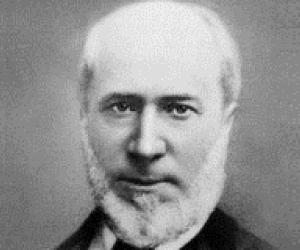
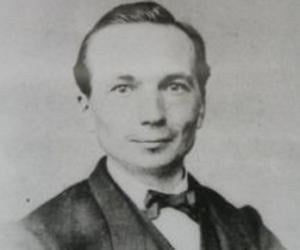
Apart from being a physician and the first Dutch psychiatrist to gain international fame, Frederik Willem van Eeden was also an author. Known for inventing the term lucid dream, he later penned books that revolved around themes such as symbolism and psychiatric experiences. He also translated Tagore’s works into Dutch.
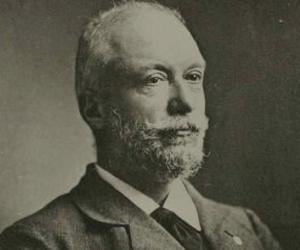
Renowned Swiss neuroanatomist and psychiatrist Auguste Forel is known for his lifelong research on the human brain structure. He also devoted himself to social causes, such as the prevention of alcoholism. His early interest in insects led him to study the psychology of ants, too.
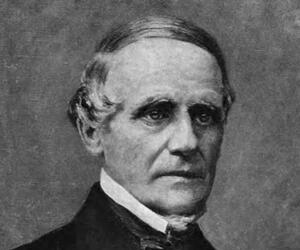
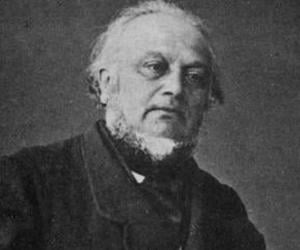
Bénédict Morel was a French psychiatrist born in Austria. He was abandoned by his parents and had a difficult childhood. He worked hard to earn a medical doctorate and worked alongside psychiatrist Jean-Pierre Falret. He soon became an influential psychiatrist himself and was a key figure in the field of degeneration theory in the mid-19th century.
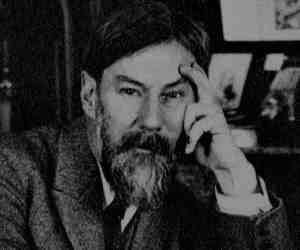
Known for his pioneering work in the fields of child and educational psychology, Édouard Claparède was also the co-founder of the journal Archives de psychologie. A professor at the University of Geneva, too, he also conducted research on animal psychology and the biological theory of sleep.
